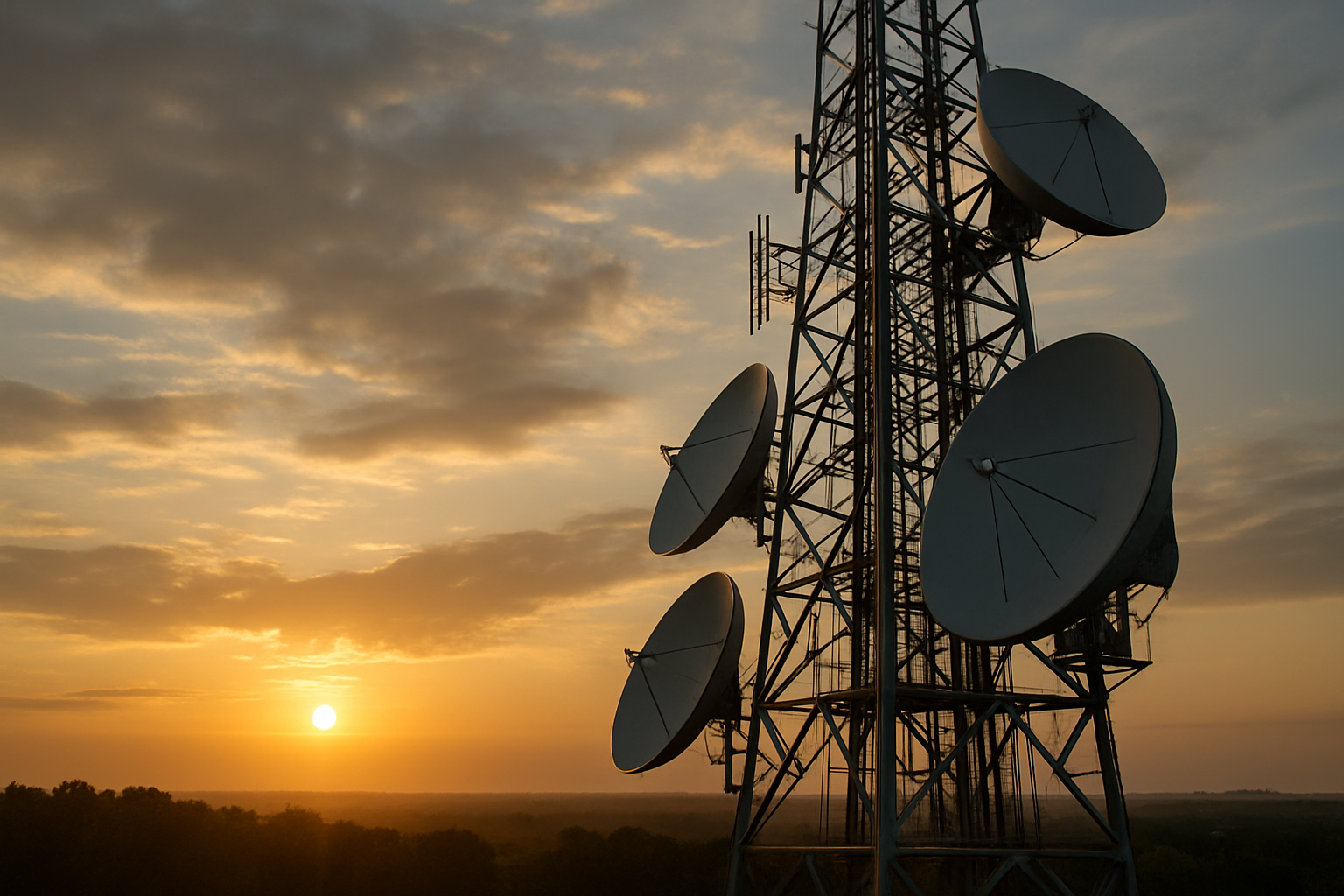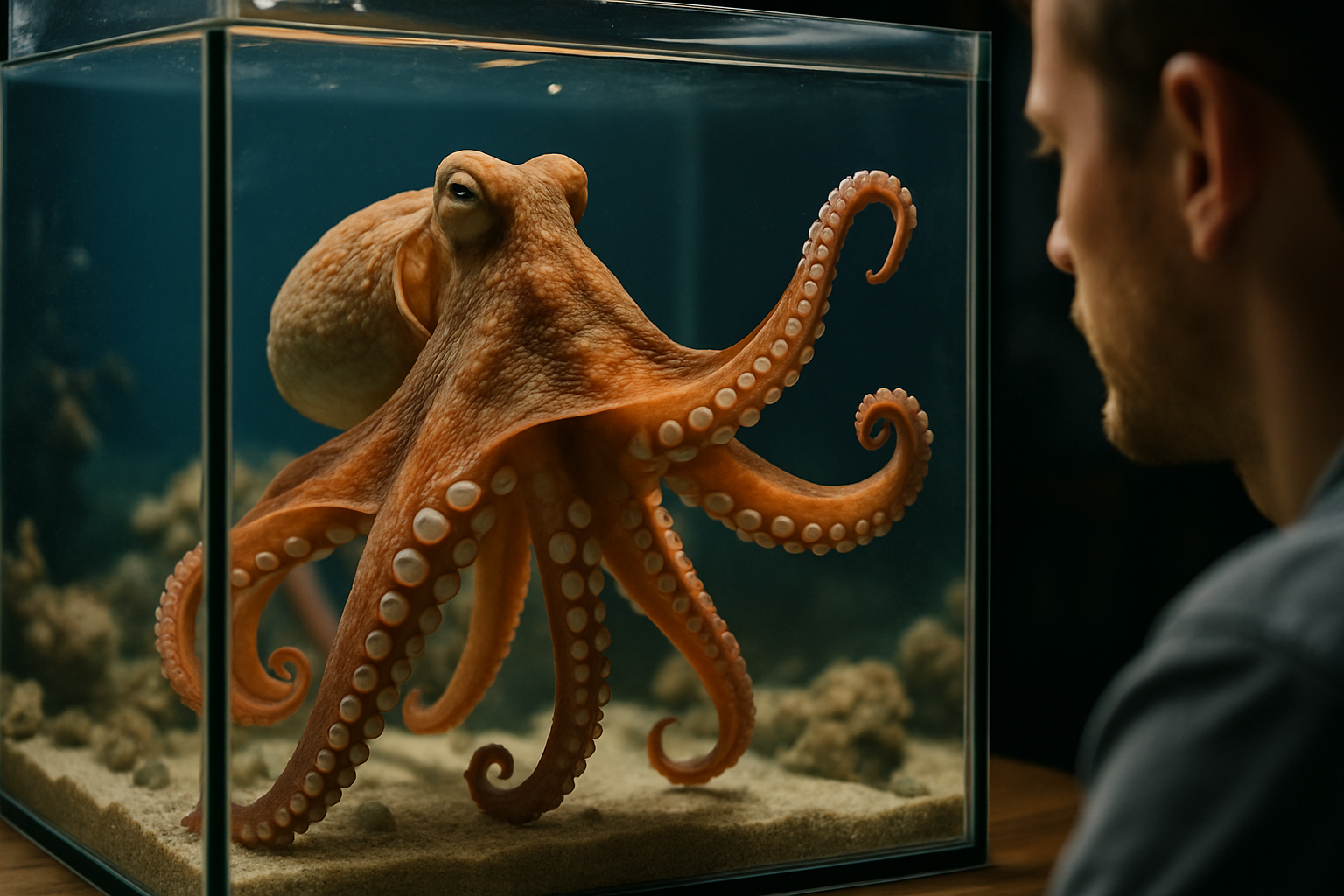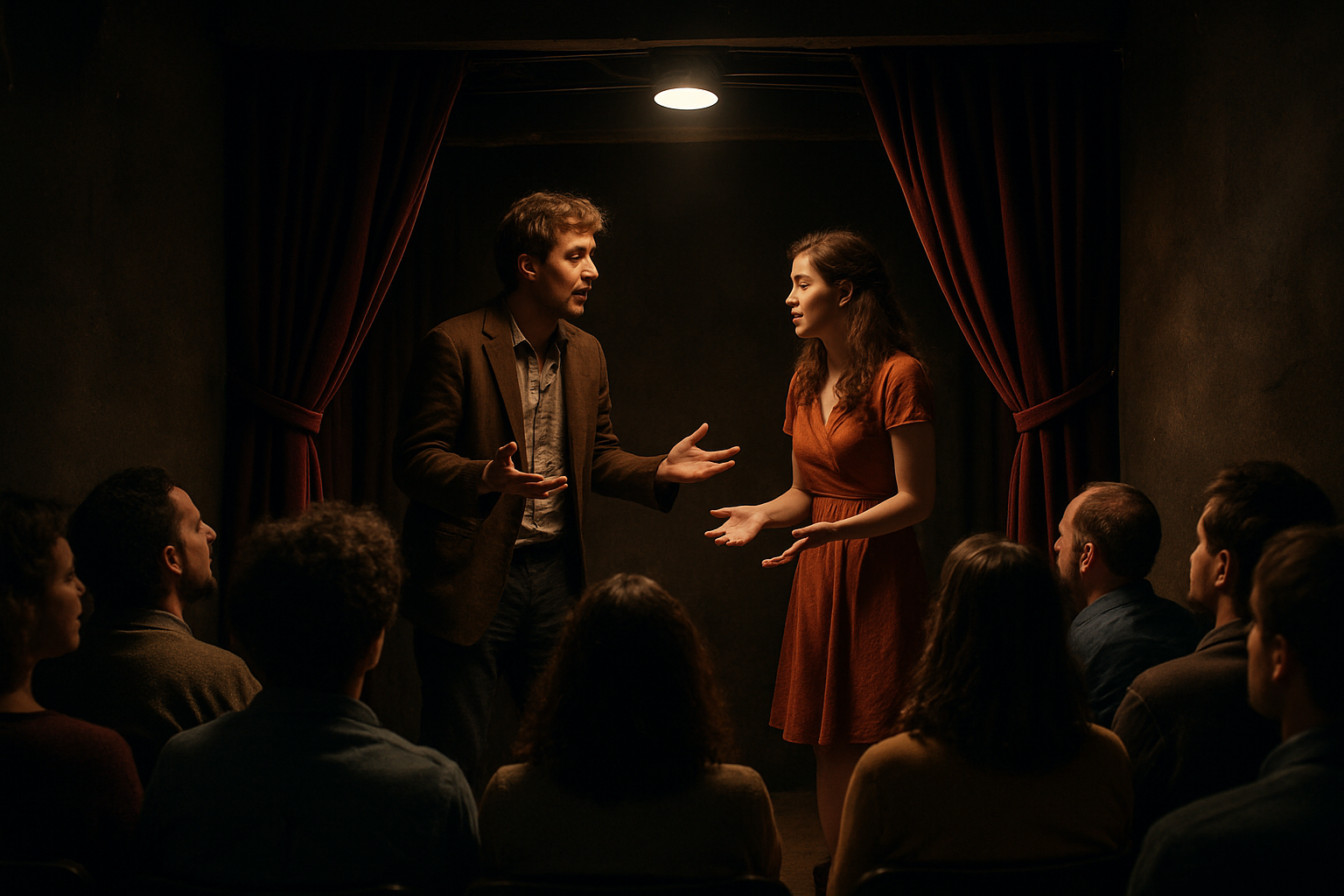A New Dawn: The Rise of Virtual Reality in Performing Arts
Introduction: In the ever-evolving world of performing arts, a new player has emerged on the scene, reshaping the way we experience art. Virtual Reality (VR) is no longer a concept confined to the realms of science fiction or gaming—it's now a groundbreaking force in the arts and entertainment industry.

A Brief History of Virtual Reality in Performing Arts
Virtual Reality, a technology that immerses users in a simulated environment, has been around since the mid-20th century. However, its application in performing arts is a relatively recent phenomenon. The first instances of VR in performing arts can be traced back to the late 1990s and early 2000s, when artists began experimenting with this technology to create immersive experiences.
The Current State of Virtual Reality in Performing Arts
Today, VR has become a significant part of the performing arts landscape. It’s being used in various ways, from enhancing traditional performances like theater and dance to creating entirely new forms of artistic expression. For instance, the Royal Shakespeare Company collaborated with Intel and The Imaginarium Studios in 2016 to create a groundbreaking production of “The Tempest,” which incorporated VR to bring the magical elements of the play to life.
The Impact of Virtual Reality on Performing Arts
The introduction of VR in performing arts has had a profound impact on both artists and audiences. For artists, it offers a new medium to express their creativity and tell stories in ways that were previously impossible. For audiences, it provides an immersive experience that goes beyond passive viewing, allowing them to interact with the performance and become part of the story.
The Future of Virtual Reality in Performing Arts
The future of VR in performing arts looks promising. As technology continues to advance, we can expect to see more innovative uses of VR in this field. Moreover, as VR becomes more accessible and affordable, it’s likely to become a standard feature in many performing arts productions.
Embracing the New Reality
The rise of Virtual Reality in performing arts represents a significant shift in the way we create and consume art. It’s an exciting development that promises to bring new dimensions to our artistic experiences. As we move forward, it’s crucial to embrace this new reality and explore the endless possibilities it offers.
In conclusion, the integration of Virtual Reality in performing arts is a testament to the industry’s adaptability and willingness to embrace new technologies. It’s a thrilling time for artists and audiences alike, as we stand on the brink of a new era in performing arts.





